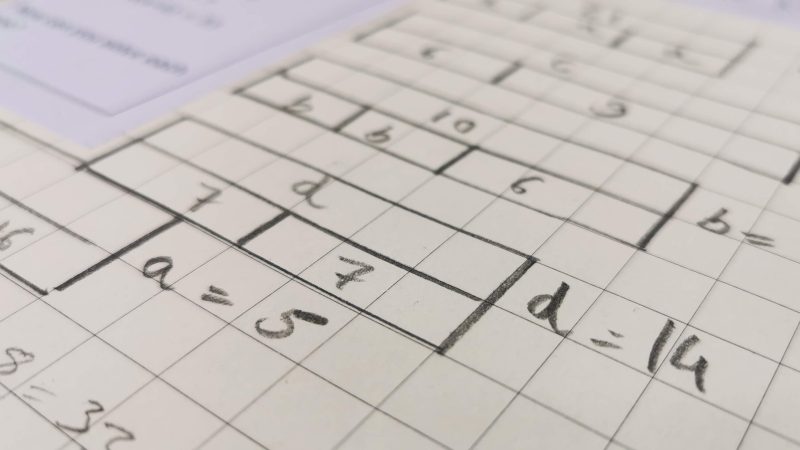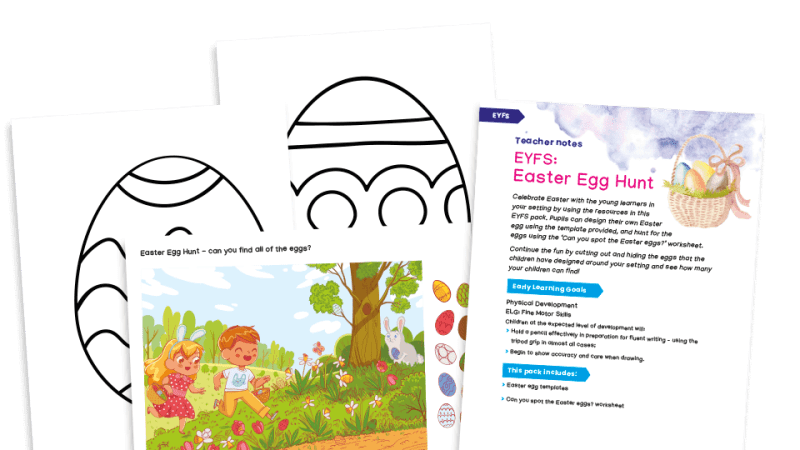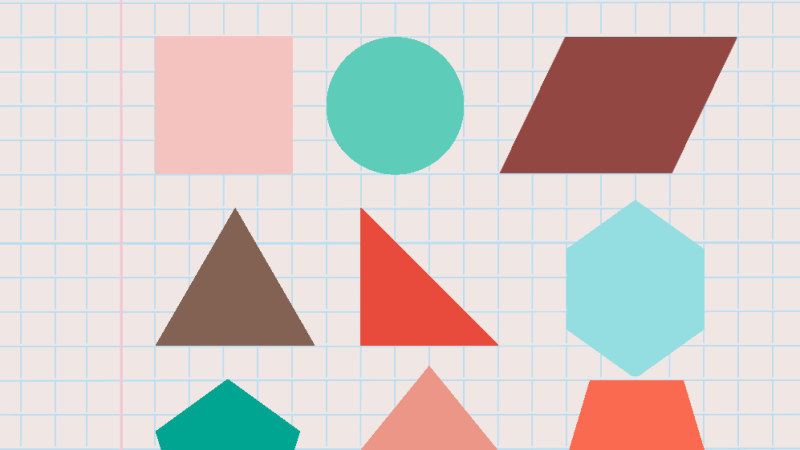Primary maths – how to answer the question ‘Why are we doing this?’

From appreciating art to the joy of solving puzzles, Mike Askew explores the true purpose of mathematics
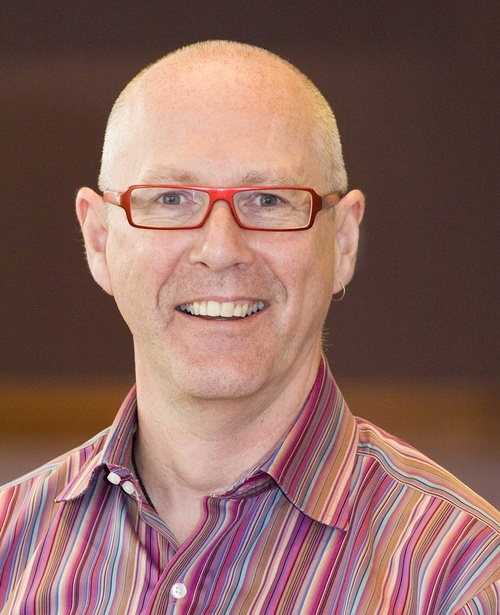
- by Mike Askew
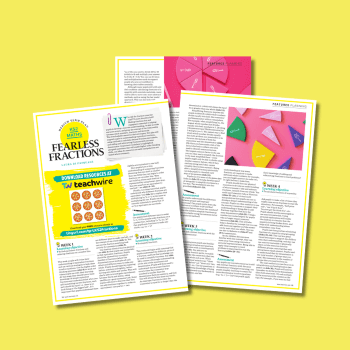
“Why are we doing this?”
My least favourite maths lesson question. When still teaching and tired, I sometimes had to fight saying, “Because I have to teach it, so just get on with it.”
When asked recently to speak at a meeting on the theme of why mathematics is so valued, I had to ask myself – why do we do maths?
Teaching mathematics is easily justified on utilitarian grounds – that we need it in our everyday lives, or for certain jobs – but that argument is weakened by the fact that much of the maths (or arithmetic at least) we need is now outsourced to our mobile devices.
And, as someone who finds delight in the subject, the utilitarian argument, for me, is not enough.
I gathered my thoughts for the meeting by looking back over writing that had influenced my thinking, particularly Alan Bishop’s work from the 1990s. A mathematics educator with an anthropological bent, he studied how different cultures actually used maths, aiming to see if he could find commonalities. He did, listing six ‘universal’ activities in which widely differing communities engaged, and that gave rise to or required the use of mathematics.
I found Bishop’s six universals – counting, measuring, locating, designing, playing and explaining – key to addressing the value of teaching and learning maths.
Counting and measuring
Counting and measuring as two mathematical universals are not particularly surprising; more so is evidence that we might be better off focusing more on measuring, particularly in Early Years.
Children’s early encounters with maths are commonly based around counting discrete quantities – fingers, bricks, stairs. Later, measuring is introduced to make ‘uncountable’, continuous quantities – the length of the hall, weight of a box, the amount of sand in a pot –countable. I cannot count how long the hall is, but I can count the number of strides taken to walk its length, strides being replaced eventually with metres and centimetres.
This counting-into-measuring tradition is not fixed in stone and learning which starts through experiences of continuous quantities – such as comparing lengths of ribbon or quantities of water – presents interesting insights.
The Measure Up curriculum, in Hawaii, introduces mathematics through continuous quantities, an approach grounded in the theory and research of the psychologist V. V. Davydov.
Children initially engage with tasks such as talking about two jars of water, one containing more than the other, and putting an elastic band on the jar containing more to show where the difference lies. To record the situation, they are introduced to using letters and the inequality symbols, < (less than) and > (more than).
Experiences progress to things such as exploring how many glasses a jug of water can fill. Suppose, say, a jug fills four glasses. The relationship between the quantity of water in the jug and that in a glass can be discussed in two ways: additively – that the jug fills four glasses; and multiplicatively – that the jug holds four times as much as one glass.
From just a jug, glass, and water, children can explore counting, measuring, addition, multiplication, algebra and fractions, all to be built on and refined in later years, rather than presented as a series of new ideas. Evidence from children going through the Measure Up curriculum demonstrates, at the end of primary, stronger understanding of multiplication, fractions, and algebra.
Why not try this KS1 measuring and capacity lesson plan based on George’s Marvellous Medicine.
Locating and designing
Locating and designing give rise to geometry. The ‘position and direction’ strand of the English National Curriculum acknowledges the ‘locating’ aspect of working geometrically, but the other strand, ‘properties of shapes’, does not quite capture the essence of designing.
Design and its history provide powerful ways into thinking about properties of shapes. For instance, tiling patterns in places such as the Alhambra in Spain are not only beautiful, but become impressive accomplishments when you know that they were constructed with nothing more than a straight edge for drawing lines and a pair of compasses for marking off equal lengths.
Challenging pupils to construct their own designs using such tools provides the ground from which to articulate and name properties more formally.
For example, constructing triangles with a compass set to a fixed length can lead to the insight that only one triangle is possible – equilateral. Constructing quadrilaterals with four equal sides results in a range of shapes, all being rhombi, and with one particular rhombus – with four right angles – getting the special name of square.
More recent designs such as the geodesic roof of the library in the British Museum, or the domes of the Eden project can lead to further inquiry into the nature of angles. And, of course, the work of the artist Escher provides a way into exploring the designs based on tessellations.
Playing and explaining
Bishop argues that playing and explaining are qualitatively different to the other four universals. Counting, measuring, locating and designing are primarily about engaging with our environment, whereas playing and explaining involve engaging with each other.
Because of this, these universals do not have such an immediate sense of being useful. No-one needs to do a Sudoku, or play Snakes and Ladders, but puzzling and playing are pleasurable in their own right.
Puzzling, playing, explaining why – these can all bring satisfaction, pleasure, and delight. But such emotions must be experienced for oneself – there is no fun in being given the solution to a puzzle, and being shown why two odds add to be even is more like to elicit a ‘Meh’ than an ‘Aha’.
Which is why playing and explaining are more challenging to teach than curriculum ‘content’. I cannot directly teach the pleasure of solving a puzzle, I can only offer puzzles to work on, and encourage pupils to persist, try different approaches and share strategies.
I cannot directly teach how to justify and explain, but I can listen to pupils’ attempts, provide images and resources to support their inquiry and, again, encourage persistence and patience.
A curriculum without playing and explaining, without the satisfaction of tussling with an idea, and without the pleasure of moments of insight, is an impoverished curriculum.
As the National Curriculum stated aims say: ‘A high-quality mathematics education therefore provides a foundation for understanding the world, the ability to reason mathematically, an appreciation of the beauty and power of mathematics, and a sense of enjoyment and curiosity about the subject.’
Mike Askew is adjunct professor of education and Monash University, Melbourne. A former primary teacher, he now researches, speaks and writes about teaching and learning mathematics. Follow Mike on Twitter @mikeaskew26 and see more of his work at mikeaskew.net






